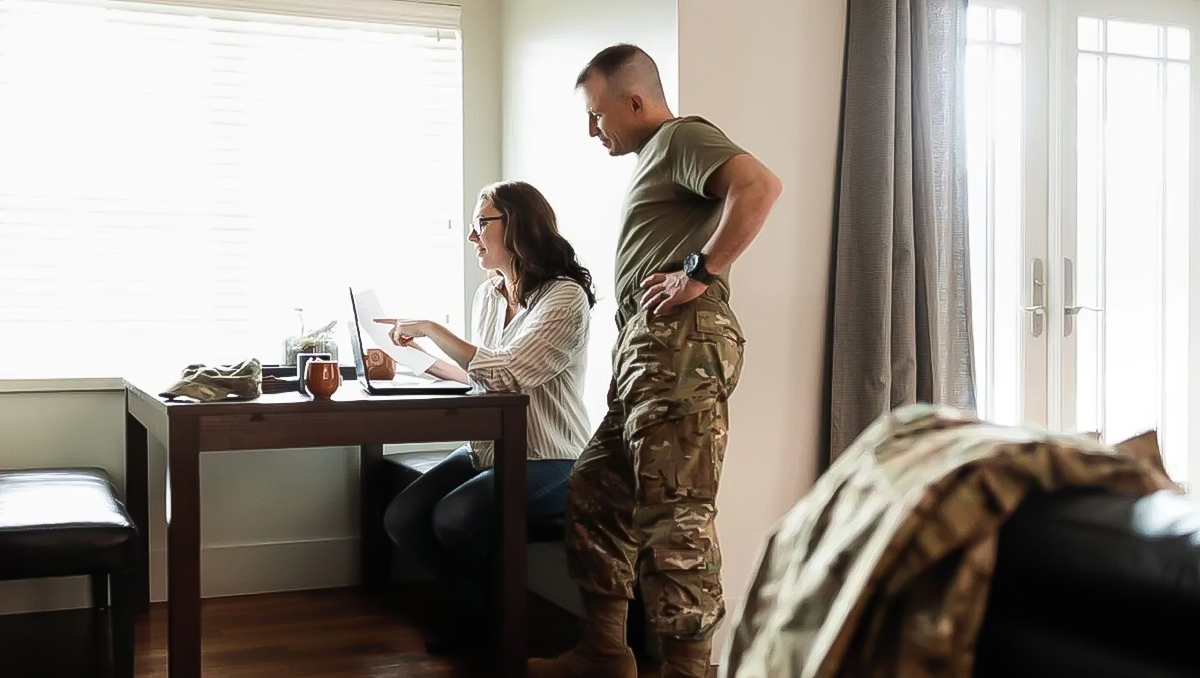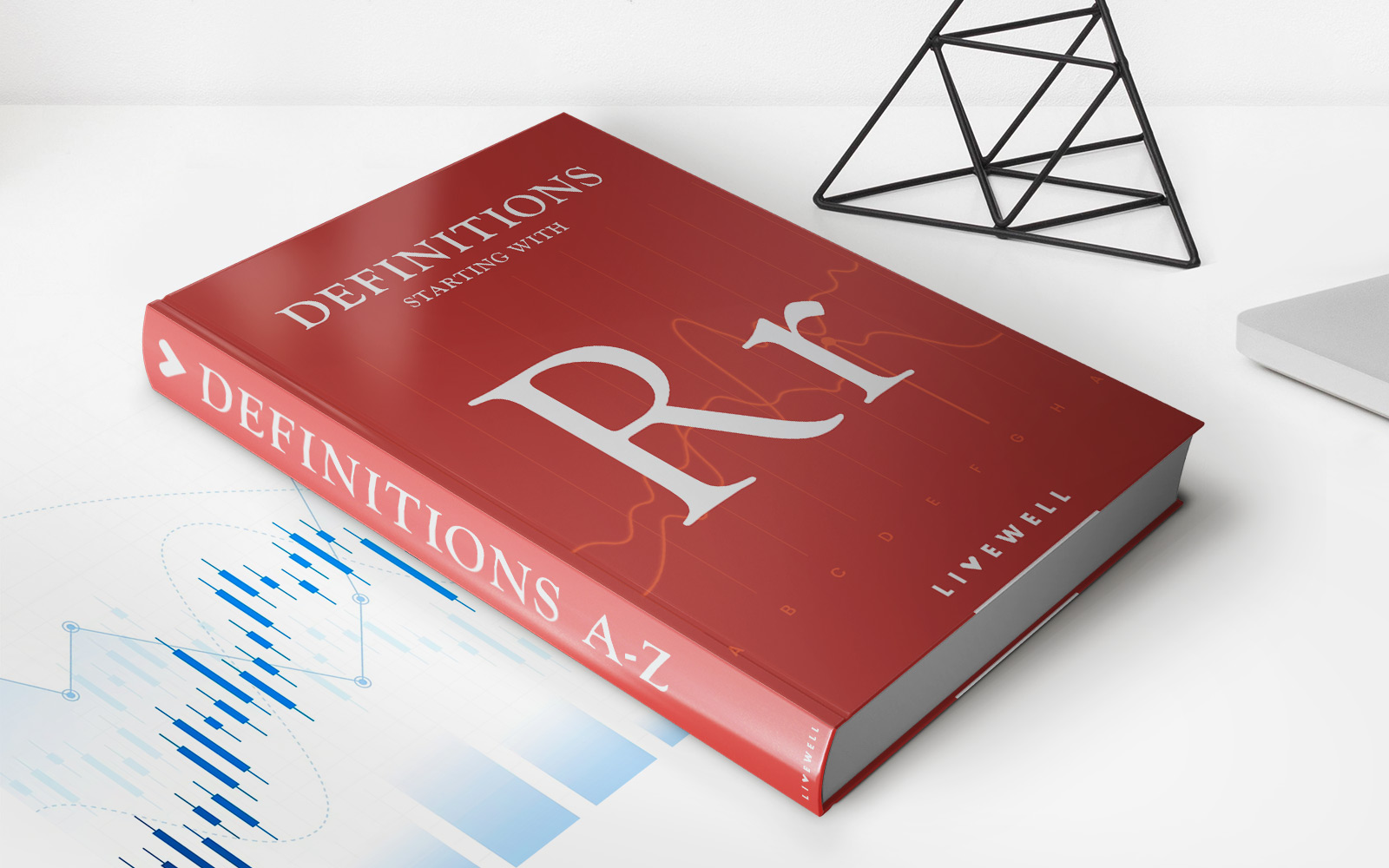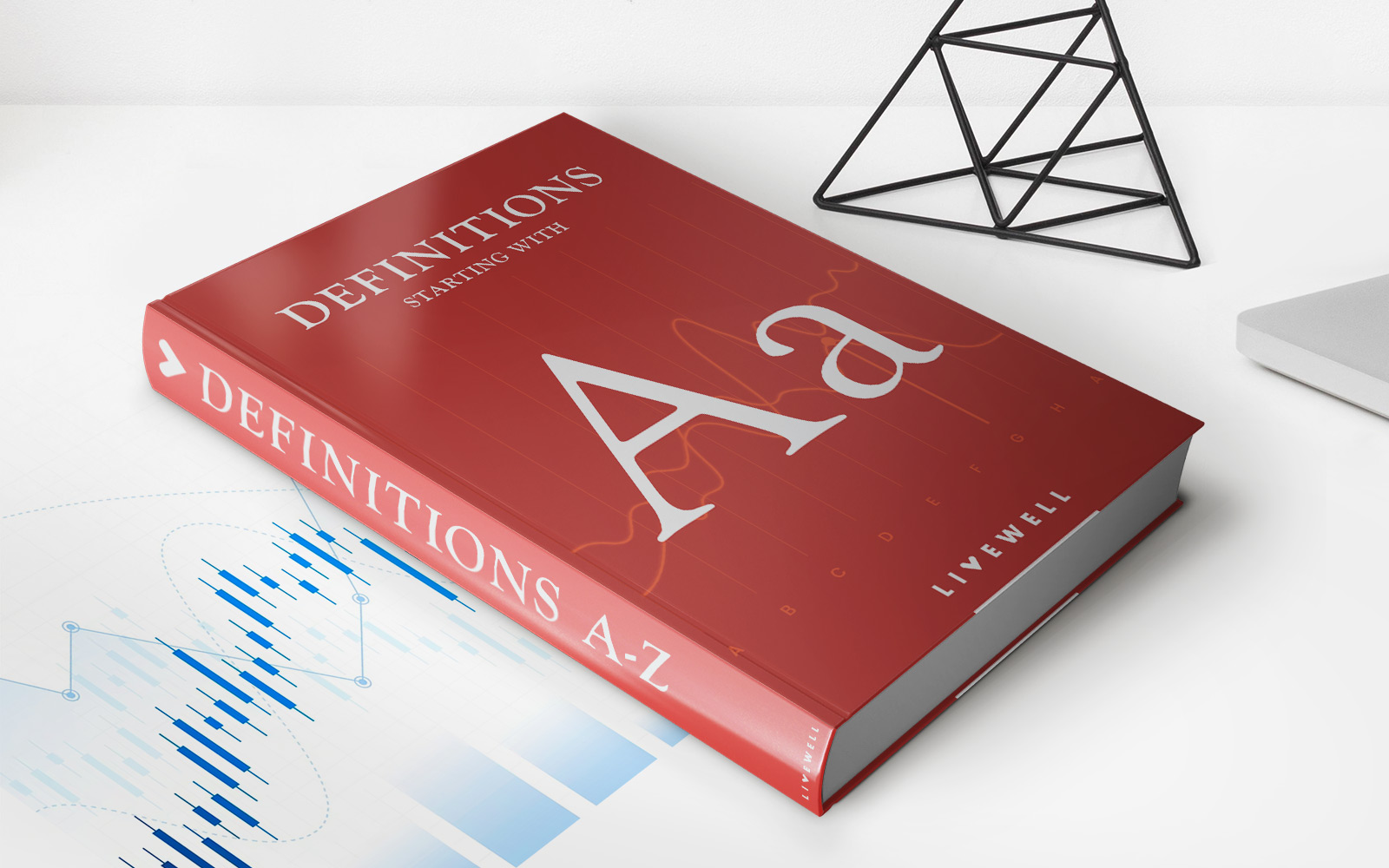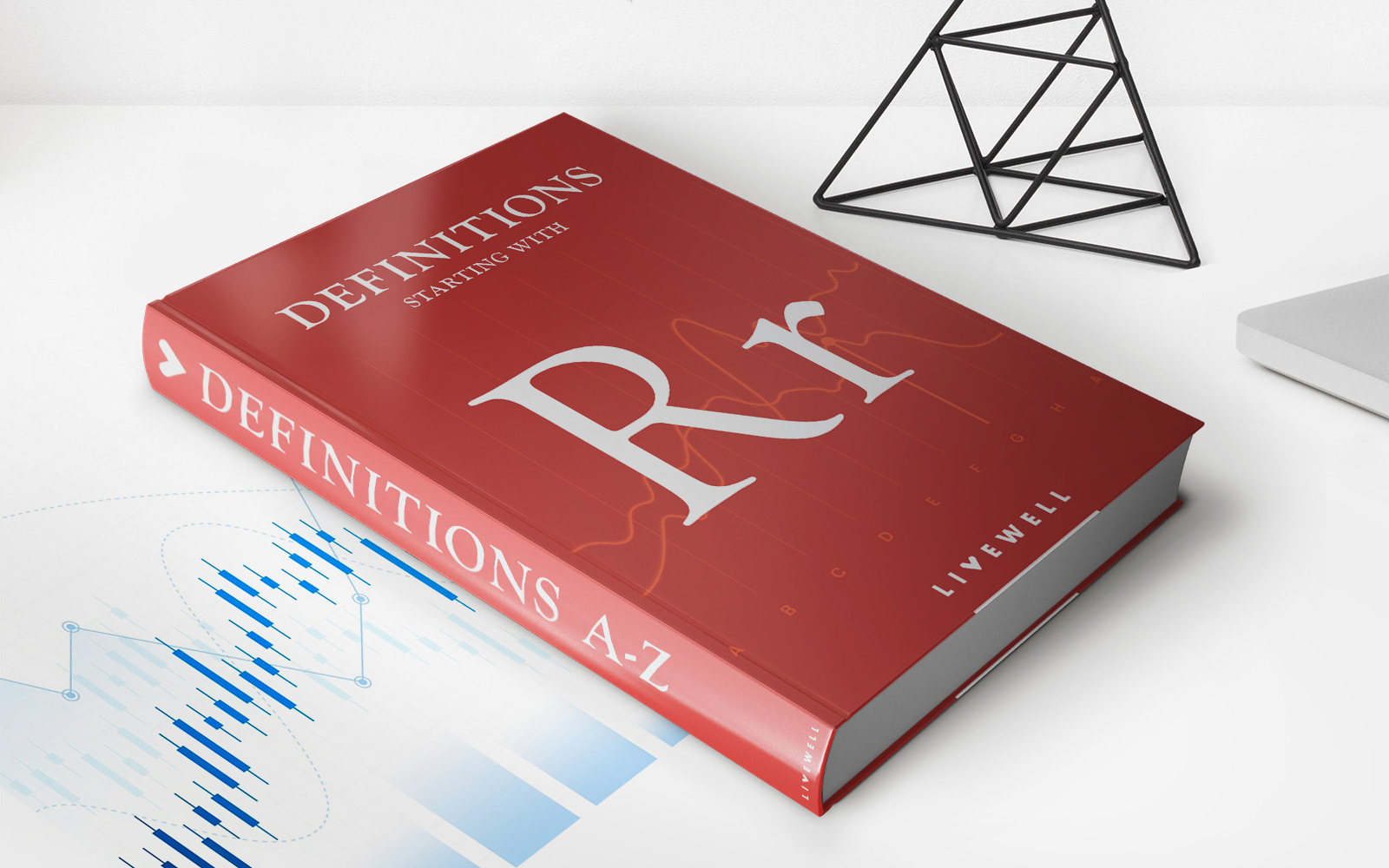

Finance
How Do VA Assumable Loans Work?
Published: February 17, 2024
Learn how VA assumable loans work and the financial benefits they offer. Understand the process and requirements for assuming a VA loan.
(Many of the links in this article redirect to a specific reviewed product. Your purchase of these products through affiliate links helps to generate commission for LiveWell, at no extra cost. Learn more)
Table of Contents
Introduction
Welcome to the world of VA assumable loans, a unique and advantageous option in the realm of home financing. Whether you’re a veteran seeking to transfer your mortgage to a qualified buyer or a prospective homebuyer looking for a favorable loan assumption opportunity, understanding the ins and outs of VA assumable loans is crucial. This article will delve into the intricacies of VA assumable loans, shedding light on how they work, their benefits, and important considerations for both sellers and buyers.
VA assumable loans offer a pathway for qualified individuals to take over an existing VA loan, assuming responsibility for the mortgage and reaping the benefits it offers. As we navigate through the details, you’ll gain a comprehensive understanding of the mechanisms behind VA assumable loans, empowering you to make informed decisions whether you’re a seller or a buyer.
So, let’s embark on a journey to unravel the mysteries of VA assumable loans, exploring the opportunities they present and the factors to consider when delving into this unique realm of home financing.
What is a VA Assumable Loan?
A VA assumable loan is a type of mortgage that allows a qualified individual to take over an existing VA home loan from the current borrower, often with significant benefits. This unique feature sets VA assumable loans apart from many conventional mortgages, as they provide an opportunity for eligible parties to assume responsibility for the loan, including its terms and conditions, without the need to obtain a new mortgage.
One of the key defining characteristics of VA assumable loans is their transferability. This means that if the current homeowner has a VA loan and wants to sell their property, they can transfer the mortgage to a qualified buyer, who in turn assumes the loan and takes over the remaining payments. This can be an attractive option for both sellers and buyers, as it offers potential advantages for each party involved.
It’s important to note that not all mortgages are assumable, and those that are often come with specific eligibility criteria and requirements. VA assumable loans are tailored to provide flexibility and opportunities for veterans and service members, offering a pathway for seamless transfer of homeownership and mortgage obligations.
As we delve deeper into the intricacies of VA assumable loans, we’ll uncover the inner workings of this unique financing option, exploring the benefits it offers and the considerations that come into play for both sellers and buyers.
How Does a VA Assumable Loan Work?
Understanding the mechanics of a VA assumable loan is essential for both sellers and buyers. When a seller with an existing VA loan decides to sell their home, they have the option to transfer the loan to a qualified buyer. This process involves the buyer assuming the seller’s mortgage, including its terms and conditions, with the approval of the lender and the Department of Veterans Affairs.
For the buyer, assuming a VA loan can offer several advantages, including the potential to secure a mortgage with more favorable terms than those available in the current market. This could include a lower interest rate and reduced closing costs, providing a valuable opportunity to save on upfront expenses and long-term interest payments.
When a buyer assumes a VA loan, they effectively take over the seller’s remaining mortgage balance, which may be lower than the current market value of the home. This can be particularly beneficial in a low-interest-rate environment, as the buyer gains access to a mortgage with more favorable terms than what they might obtain through traditional financing options.
It’s important to note that assuming a VA loan requires the buyer to meet certain eligibility criteria, including demonstrating their creditworthiness and ability to repay the mortgage. Additionally, the lender will assess the buyer’s qualifications to ensure they meet the necessary requirements for assuming the loan.
As we explore the nuances of VA assumable loans, we’ll uncover the specific steps involved in the assumption process, shedding light on the documentation, approvals, and considerations that shape this unique avenue of home financing.
Benefits of VA Assumable Loans
VA assumable loans offer a range of benefits for both sellers and buyers, making them an attractive option in the realm of home financing. For sellers, the ability to transfer an existing VA loan to a qualified buyer can expand the pool of potential buyers and streamline the sales process. This can be particularly advantageous in a competitive real estate market, providing sellers with added flexibility and a broader range of options when selling their homes.
Buyers, on the other hand, can reap significant advantages by assuming a VA loan. One of the key benefits is the potential to secure a mortgage with more favorable terms than those available through traditional financing. This could include lower interest rates, reduced closing costs, and a streamlined approval process, ultimately translating into cost savings and a smoother path to homeownership.
Assuming a VA loan also enables buyers to bypass certain expenses typically associated with obtaining a new mortgage, such as appraisal fees and certain closing costs. This can result in substantial savings, making the prospect of assuming a VA loan even more appealing for qualified buyers.
Furthermore, assuming a VA loan can offer a level of flexibility and convenience that may not be available through other financing options. With the potential for more lenient credit and income requirements, assuming a VA loan can open doors for buyers who may face challenges with traditional mortgage approvals.
As we delve deeper into the benefits of VA assumable loans, we’ll uncover the specific advantages they offer for both sellers and buyers, shedding light on the unique opportunities they present in the housing market.
Things to Consider Before Assuming a VA Loan
Before proceeding with the assumption of a VA loan, both sellers and buyers should carefully consider a range of factors to ensure a smooth and informed transition. For sellers, it’s crucial to assess the potential impact of loan assumption on their financial obligations and future housing plans. While transferring a VA loan can expand the pool of potential buyers, sellers should evaluate the terms of their existing mortgage and the implications of transferring it to a new owner.
Buyers interested in assuming a VA loan should conduct thorough due diligence to understand the specific terms and conditions of the existing mortgage. This includes reviewing the interest rate, remaining balance, and any associated fees or charges. Additionally, buyers should ensure that they meet the eligibility requirements set forth by the lender and the Department of Veterans Affairs, as assuming a VA loan entails specific criteria that must be met.
Another important consideration for both sellers and buyers is the potential impact of the assumption process on the timeline and logistics of the home sale. Sellers should factor in the time required for the assumption approval process, while buyers should be prepared to navigate the necessary documentation and approvals to complete the assumption successfully.
Furthermore, buyers assuming a VA loan should evaluate their long-term housing and financial goals to determine if loan assumption aligns with their overall objectives. This includes assessing the suitability of the property, the stability of their financial situation, and the potential benefits of assuming a VA loan compared to other financing options.
As we delve into the intricacies of assuming a VA loan, we’ll explore these considerations in greater detail, providing insights for sellers and buyers to make informed decisions and navigate the assumption process with confidence.
Conclusion
In conclusion, VA assumable loans offer a unique and advantageous avenue for both sellers and buyers in the realm of home financing. With the potential to transfer an existing VA loan to a qualified buyer, sellers can broaden their market reach and streamline the sales process, while buyers can access favorable mortgage terms and potential cost savings by assuming a VA loan.
As with any significant financial decision, careful consideration and thorough understanding of the implications are essential for both sellers and buyers. Evaluating the specific terms of the existing mortgage, assessing eligibility criteria, and understanding the impact of loan assumption on the overall home sale process are crucial steps in navigating the complexities of VA assumable loans.
By shedding light on the intricacies of VA assumable loans, this article aims to provide valuable insights for individuals exploring this unique financing option. Whether you’re a seller seeking to transfer your VA loan or a buyer interested in assuming a VA loan, understanding the benefits, considerations, and steps involved can empower you to make informed decisions and navigate the assumption process with confidence.
Ultimately, VA assumable loans present an opportunity for veterans, service members, and qualified buyers to engage in a streamlined and potentially advantageous home financing experience. By leveraging the benefits of VA assumable loans and carefully considering the factors at play, both sellers and buyers can embark on a path toward seamless homeownership and financial stability.
As the real estate landscape continues to evolve, VA assumable loans stand out as a compelling option, offering a blend of flexibility, cost savings, and streamlined processes for those seeking to buy or sell a home. With a clear understanding of how VA assumable loans work and the considerations involved, individuals can harness the potential of this unique financing avenue to achieve their homeownership goals.














